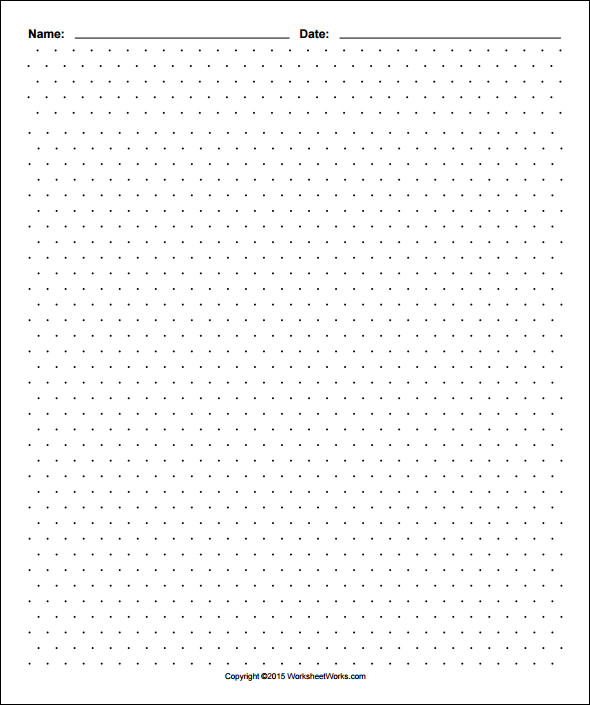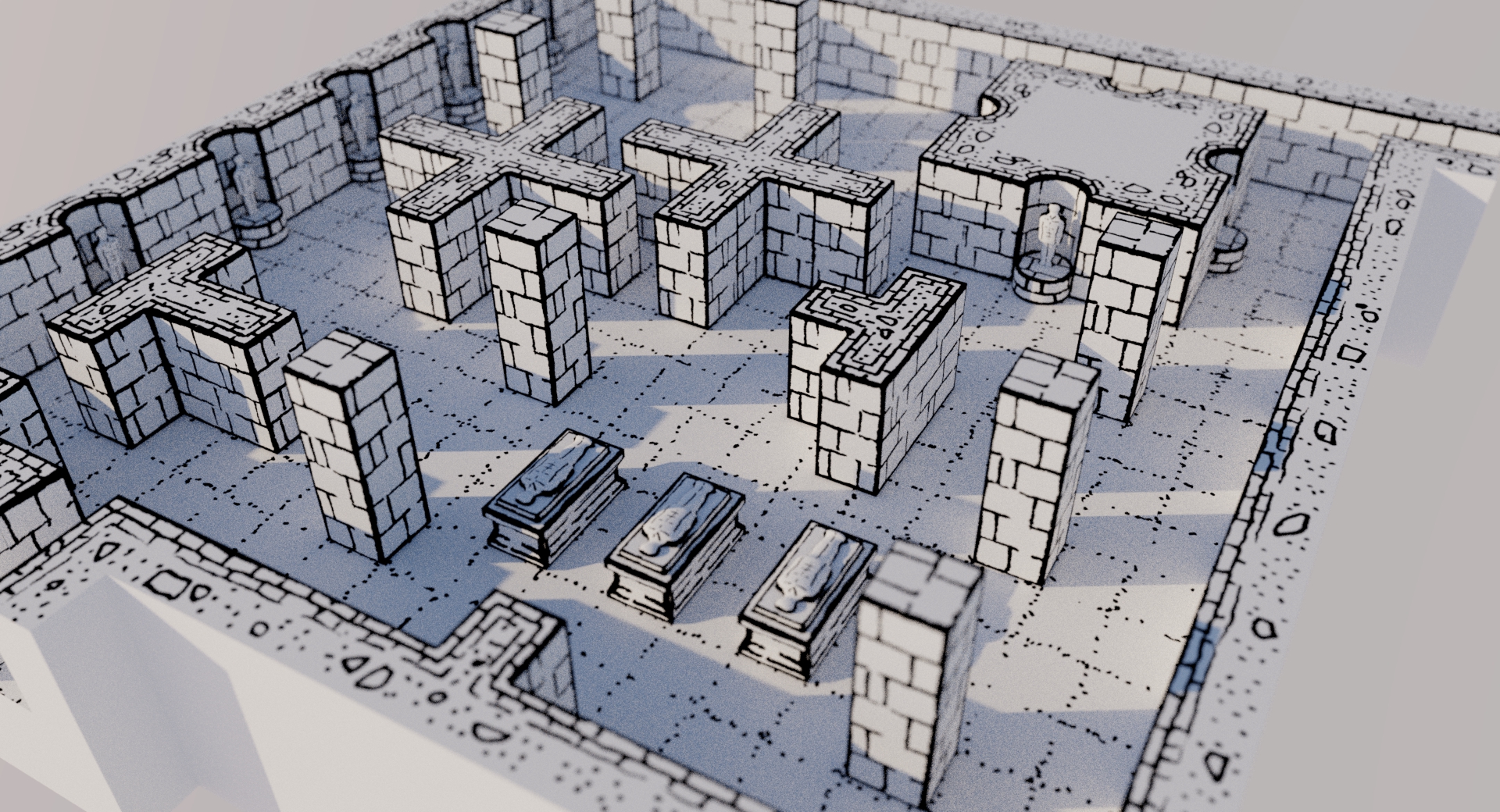Reading
Thanks to e-books and the Libby app you don't even have to physically go anywhere or pay anything to find a good book these days.
1) Be nice and; have fun
Doxxing, trolling, sealioning, racism, and toxicity are not welcomed in AskLemmy. Remember what your mother said: if you can't say something nice, don't say anything at all. In addition, the site-wide Lemmy.world terms of service also apply here. Please familiarize yourself with them
2) All posts must end with a '?'
This is sort of like Jeopardy. Please phrase all post titles in the form of a proper question ending with ?
3) No spam
Please do not flood the community with nonsense. Actual suspected spammers will be banned on site. No astroturfing.
4) NSFW is okay, within reason
Just remember to tag posts with either a content warning or a [NSFW] tag. Overtly sexual posts are not allowed, please direct them to either !asklemmyafterdark@lemmy.world or !asklemmynsfw@lemmynsfw.com.
NSFW comments should be restricted to posts tagged [NSFW].
5) This is not a support community.
It is not a place for 'how do I?', type questions.
If you have any questions regarding the site itself or would like to report a community, please direct them to Lemmy.world Support or email info@lemmy.world. For other questions check our partnered communities list, or use the search function.
6) No US Politics.
Please don't post about current US Politics. If you need to do this, try !politicaldiscussion@lemmy.world or !askusa@discuss.online
Reminder: The terms of service apply here too.
Logo design credit goes to: tubbadu
Reading
Thanks to e-books and the Libby app you don't even have to physically go anywhere or pay anything to find a good book these days.
libby is such a game changer. i totally get why a lot of people want to only read physical books but for me, being able to read anywhere at any time instead of having to make a concious decision to find and bring a book with you means i read way way more than i used to
For me it’s that I have to think less about my choices. I don’t have a ton of time anymore so if I pick a book I am not vibing with I can just return it and pick another in a matter of seconds. It’s led me to taking chances on books I normally wouldn’t read.
Oh yeah!
I have a 75-page rule. If a book hasn't grabbed me by then, I move on.
Playing older video games via emulation. The barrier to entry gets easier and easier as time marches on. And as long as you have disc space to download the games, you'll likely find a repository somewhere on the Internet.
Oh yeah some even let you play in browser now. Crazy how it takes seconds, and most peoples phones can even play most everything game cube and earlier.
Doom scrolling
Has anyone found a way to get out of this hobby? Asking for a friend.

But you see, I wanna git gud immediately
 , or something like
, or something like 
 and then a
and then a 

The last one is not true isometric, but has a perspective. But you can make similar good looking stuff in isometric too.
To do perspective, you can't use the Printed isometric line/dot paper.
Instead, it has an additional step of choosing the infinity points and making your own lines for it.
I tried to find a good instructions page, but unfortunately, search engines just prefer YouTube videos (which I don't like to recommend).
Either way, this is one method that lets you git gud pretty fast, albeit in a different drawing form.
Another thing: The last example picture I showed, has circles and semi circles. Avoid those in your drawing at this stage. That requires you to learn an extra method.
This was awhile ago, but playing dungeons and dragons! I showed up one night at the local gaming store, asked the group playing that night if they had space, and bam! I'm playing a terrifying monk in World's Largest Dungeon!
Blender. Not great at it, but there's so many fantastic tutorials on YouTube. I can use it good enough to design and 3d print simple things. Of course, there's may aspects / layers to it. It's both broad and deep. So it's good to kind of focus on one thing at the time, and then break that down even further.
What are your favorite tutorials about Blender specifically for 3D printing? Any channel recommendations?
I do resin printing. All models get sliced into 2d layers by the slicer program. Therefore, the geometry of the mesh isn't nearly as important as it would be for something you wanted to animate or use in a game. (Pro 3d modelers take great pains to keep their meshes very clean and smooth, made up of all triangles, etc. But if you're just going to convert the thing to a bunch of 2d slices, you don't need that level of discipline.)
You can basically overlap and tweak a bunch of primitive shapes (cubes, spheres, cylinders, etc) to build a complex shape for the thing you want. Then you can export that as an STL file and load it into your slicer. Once inside the slicer you can add any needed supports and then slice it.
In order to get to this pretty basic level of competence, I just watched several tutorial videos on the basics. Like how to add shapes, scale them, modify them, mirror them for perfect symmetry, etc. I have watched some videos on texturing, lighting, etc. out of curiosity but you don't need any of that for resin printing.
And once you export it as an STL it looks like one solid thing, so it's easy to rotate it around and so on in the slicer program.
"Blender Guru" is a really well done Blender tutorial channel, but he also covers a lot of things I don't really need. Early on, I learned a lot from the "tutor4u" channel.
Man, I tried to get into this. Spent months running through the tutorials. I just couldn't grasp how they design flow of creating a complex shape from scratch. It just didn't "make sense".
I've found parametric modeling programs like Solidworks far, far more intuitive to use - it's easier for me to grasp "okay, this thing is a combination of added shapes, extrusions, negative spaces, revolved outlines, etc" than what Blender wants you to do. Unfortunately, most parametric programs really don't offer good skinning/texturing and only mediocre rendering options.
Programming.
I first realized that I loved it at the age of 11. It's easy to get into but programming itself can be difficult or easy depending on what you are aiming to do and how. I love it both as a hobby and as a high school subject (hopefully as a job in the next few years as well)
hopefully as a job in the next few years
😅😬
Game Mastering for TTRPGs. Set up can take some work, but it's a great creative outlet and, once you find the right group, soooo much fun. I personally started off with Paranoia XP and moved from there to a couple different systems before landing on D&D 5e. There are some great rules-light systems like Kids on Bikes/ Kids on Brooms or Paranoia Perfect Edition if the behemoth of D&D (with its multiple text-book sized rule books) seems daunting.
ETA: there's also entire libraries of advice on GMing out there for assistance if you need it.
Cooking. A lot of really delicious foods have extremely simple recipes and as an amateur you have time on your side. You don't have to rush anything for most recipes. A lot of times I measure and cut everything before I even turn on the stove and this makes cooking super easy. Sure it takes a while to cook when you are just starting out but you can just go at your own pace. I really feel like anyone can cook almost anything. You don't even need fancy tools. I got started with a $12 wok and a wooden spatula. These days there's a huge amount of resources to teach you how to make just about everything. It's also really rewarding since you get to eat what you make and you get to make things you want to eat. Needless to say it's also a very important skill.
Sewing! My girlfriend is into it and had some machines already. It's way easier and more fun than I expected.
making mead:
honey, yeast, water, shake the carboy, pop on the airlock (fancy cork), wait two weeks.
wine making:
juice, sugar, yeast, water, shake the carboy, pop on the airlock, wait two weeks.
Kayaking was easy. Get one you can afford on FB Marketplace and go. Cheap paddles are just fine to start as are $3 thrift life vests, grab a whistle while you're shopping. Next thing you know, you're scanning Google Maps for water and new adventures.
houseplants and especially ferns: It all started with a gift: a bird's-nest fern and a blue-star fern. i was already into cultivating offshoots, but the bird's-nest fern does not generate those, and the internet said you can not divide a single plant into multiples. but how do they propagate then? the use spores and the internet said it is not easy to get new plants this way, but i gave it a try. and it was not that difficult...
currently i have about 12 nest-ferns of all sizes and fear the winter when i have to bring all plants into the small flat.
funny enough: the blue-star fern is easy to propagate via offshoots, but its even easier with spores: as soon as you have a medium moist pot near such a fern you get fresh ferns for free. they grow quite slow, but still look beautiful.
if your interested and German based, write me a PM and i can send you a letter with some spores to bootstrap your new hobby!
The bizarre culture (pun intended) around sourdough is maddening. The obsession over the "ear," bannetons, lames, daily feeding: all bro club bullshit. This is the bread humans have been making for millennia; the only tools you need are one hot rock and one not-hot rock.
Lul reminds me of the coffee bros. With their 3.4 sec at 666 degrees vs 8.9 sec at 69 degrees pour or whatever they call it.
Sword fighting. I joined an armored combat gym and just went consistently. They provide the equipment, at least til you get to the point you want your own armor and weapon. Good fun, good exercise.
Painting miniatures. Anyone can do it and make their board games look way nicer.
Fly fishing
Got yelled at as a kid for playing with your pole too much? Then it’s the hobby for you. Can practice in your backyard and it’s fun just to whip shit around
Cycling
I started biking to work after we moved closer and next thing I know I'm into mountain biking and have built 2 bikes
Whittling
Just buy a knife kit and some wood blanks, surprisingly affordable.
Tying fishing flies
Looks really hard. Not terribly hard to make some respectable flies with a little bit of instruction.
Photography. Cost of a used high quality DSLR + batteries + storage cards + cheap tripod = $500-ish. Lessons = free thanks to piracy and YouTube.
Then in a few years you'll be gassing for those 3k lenses a 5k camera and a carbon fibre tripod, a few flashguns etc.
Its so much fun! I buy used SLR cameras and equipment from estate sales on the cheap (always below $30) and develop my film at home instead of paying $10 a roll to have it processed in a lab (chemicals cost $24 for 24 rolls of developing ) about to start bulk rolling my film for the cost of $6 a roll as opposed to spending $10-$16 per roll from the photography shop near me. Brining the cost down to shoot and develop the film from $26 per roll to $7 per roll.
Making chainmail. All you need are a decent pair of flat pliers and some rings. A basic 4 in 1 weave is super easy to learn. There's more complex stuff of course, but starting out is ridiculously simple. I made a dice bag with probably a dollar or two worth of galvanized steel rings, leather string, and a plastic drawstring clasp.
Woodworking! Yes, you can obviously spend lots of money on equipment, but you'd be surprised by how nice furniture you can build with just a track saw and a trim router.
Only thing that sucks about woodworking is unless you have a house of your own, it's very difficult because of how much dust and noise is produced. Woodworking in an apartment is very frustrating.
Foraging. Don't eat random shit from the wild without IDing it (intelligently, not just with AI apps), but also don't listen to the scary stories and harsh warnings. Dying by plant (or mushroom) poisoning is very rare, most bad eats will give you the trots and you'll be fine a day later. It's easy to find good foods without stress, and while a professional guide can help, there are SO many books that have virtually the same info. Start with local, easy foods like leafy greens, nibble small amounts and wait 24 hours, and you'll start seeing how simple and attainable forging is.
Photography. Always stayed away because people told me it would be expensive (it definitely can be) but you can have a ton of fun with a 20-year-old camera off eBay and lenses from garage sales.
Drumming! Buy an electronic kit, have tons of fun playing Rock Band, watch videos for technique, download a few practice books. You can at least play along with easy songs and it makes you feel badass! :D
Making desert coffee at home. I got a French press because i drink one cup of coffee a day at most and I wanted make sweeter more rich coffee.
I now can use all cream line milk or oat milk, soak my fresh ground beans (and chickary root sometimes), add sweeteners to taste.
Blame better coffee than most coffee shops (for me). No 1000 dollar machine
My first thought was sourdough too, and making fermented foods in general. I wanted to get into making my own sourdough bread for a while, but every time I started researching I just gave up. A lot of recipes out there make it look so intimidating and honestly, most of the steps are just not necessary for a basic loaf. Been making simple bread in loaf pans for months now and loving it.
3d printing and even designing my own basic parts/items. Seems daunting as all hell to get right but honestly it wasn't that bad to figure out. Fusion360 was a dream to learn. I've been trying to make the switch to freecad and struggling though. :(
Wine. Not making it, but just enjoying it. Trips to wineries, wine clubs, tasting rooms. All it requires is money.
I don’t even like red wine, but the hobby aspect of it all is very simple.
Speedcubing. There are good cubes for < $10 now and beginner’s method is easy to learn. There are many resources online and can be learned within minutes. Then you start improving and getting faster quickly.
In my case I then went to a local competition and just amazed at how quick and how young these kids are.